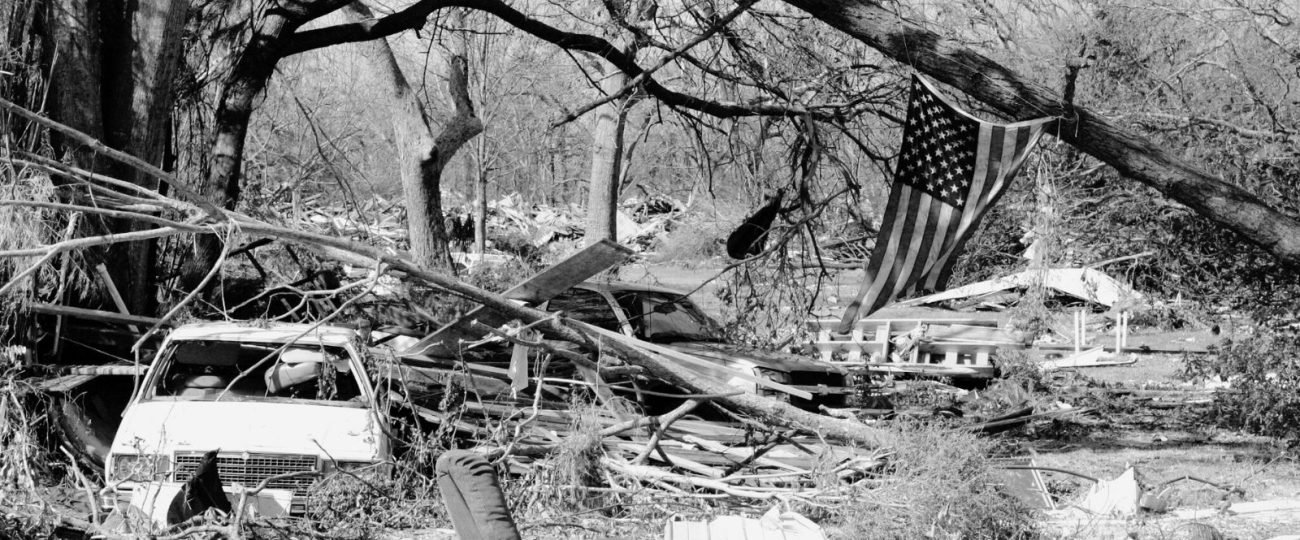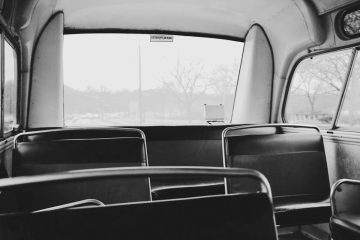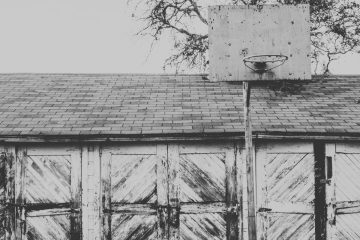What Happened On August 29th?
On August 29, 2005, Hurricane Katrina unleashed its devastating force on the Gulf Coast. The storm made landfall near Buras-Triumph, Louisiana, around 6:10 AM, bringing winds of 125 miles per hour. Although officials categorized Katrina as a Category 3 hurricane, its immense size and power caused unprecedented destruction across the region. The hurricane’s eye spanned nearly 30 miles, and the storm system stretched over 400 miles in diameter, covering an area nearly the size of the Gulf of Mexico itself.
As Katrina’s storm surge—a towering wave of water driven by the hurricane’s winds—flooded the coast, New Orleans faced an imminent disaster. The surge quickly overran the city’s levees and flood barriers, which officials had only designed to withstand a Category 3 hurricane. By mid-morning, water surged into New Orleans through breaches in the 17th Street Canal, the Industrial Canal, and the London Avenue Canal. The surge’s force tore homes from their foundations in the Lower Ninth Ward, leaving them adrift in the flooded streets. These breaches caused widespread flooding, submerging much of the city under several feet of water. Decades of underfunded maintenance and incomplete upgrades, which engineers had flagged years before the disaster, contributed to the levee system’s failure.
Inside the Superdome, where more than 10,000 people sought refuge, conditions deteriorated rapidly. Officials had designated the facility as a “shelter of last resort,” but it wasn’t prepared for the large influx of evacuees. Power outages and a failing roof compounded the misery, as heat and despair grew. Outside the Superdome, the streets of New Orleans turned into rivers, swallowing entire neighborhoods beneath the rising floodwaters. The dire conditions inside the Superdome highlighted the broader failures in the city’s emergency response. Just days before Katrina’s arrival, officials decided to use the Superdome as a refuge, but they had only stocked the facility with enough food and water for three days, assuming far fewer people would need shelter.
By the afternoon, the storm’s destructive reach extended far beyond New Orleans. Coastal towns like Biloxi, Gulfport, and Bay St. Louis on the Mississippi Gulf Coast bore the brunt of Katrina’s wrath. The storm surge, which exceeded 20 feet in some areas, obliterated homes, businesses, and historic sites. Bay St. Louis, known for its antebellum architecture, lost nearly all of its historic buildings to the surge. Even inland towns like Hattiesburg suffered significant damage, as hurricane-force winds toppled trees and ripped roofs from buildings. Katrina’s impact stretched deep into the region, leaving devastation far beyond the shoreline. The Gulf Coast’s gambling industry, centered in Biloxi, faced complete destruction as the storm surge ripped entire casinos from their foundations and deposited them inland, some as far as a half-mile from the shore.
As the day wore on, the full scale of the disaster became clear. The levee breaches in New Orleans transformed a wind-driven catastrophe into a flooding disaster. Residents who hadn’t evacuated found themselves trapped in attics or clinging to debris, awaiting rescue. The ongoing flooding submerged large parts of the city, stranding thousands of people in increasingly dangerous conditions. In the days leading up to Katrina, some residents had been unable to evacuate because they lacked transportation or were physically unable to leave.
Rescue teams faced an overwhelming task in the hours following the storm’s landfall. The number of people needing help far exceeded the available resources. Rising floodwaters put countless lives at risk in the Lower Ninth Ward and other severely impacted areas. The breaches in the levees led to rapid and unexpected flooding, catching many residents by surprise. The Coast Guard, often praised for its response, rescued over 33,000 people in the days following the storm, navigating treacherous conditions to pluck residents from rooftops and flooded homes.
In the days that followed, the situation grew increasingly dire. Much of New Orleans remained underwater, and the city’s infrastructure lay in ruins. Communication failures crippled rescue operations, leaving thousands stranded without basic necessities. The New Orleans Police Department, overwhelmed and under-equipped, struggled to maintain order as looting and chaos spread. Emergency workers, many of whom had lost their own homes, continued to serve despite the overwhelming challenges. Some police officers, unable to bear the stress and loss, abandoned their posts or later participated in looting, highlighting the complete breakdown of order in the city.
In nursing homes and hospitals, patients and staff endured life-threatening conditions. At Memorial Medical Center, rising temperatures and power outages created dire circumstances for those who couldn’t be evacuated. At St. Rita’s Nursing Home, 35 residents drowned when floodwaters overwhelmed the facility. Authorities later indicted the owners for negligent homicide after they had chosen not to evacuate.
Elsewhere, communities rallied together. Volunteers turned local churches and fire stations into shelters, offering aid to those who had lost everything. Local fishermen, despite losing their livelihoods, used their boats to rescue those stranded by the floodwaters. In Plaquemines Parish, where the storm made its initial landfall, local shrimpers banded together to rescue their neighbors, navigating through debris-strewn waters in small boats to reach those trapped by the rising floodwaters.
As the floodwaters slowly receded, the full extent of Katrina’s destruction emerged. Entire communities lay in ruins, and the death toll climbed as bodies were discovered in flooded buildings. In New Orleans, the Lower Ninth Ward, once a thriving community, was left in devastation. The determination of residents who returned to rebuild contrasted sharply with the failures of the systems meant to protect them. The devastation also revealed deep racial and economic divides. The Lower Ninth Ward, predominantly African American and economically disadvantaged, had been one of the hardest-hit areas, and its slow recovery underscored the systemic inequities that had long plagued the city. Many residents lacked insurance, which compounded their struggles, forcing them to rely on limited government aid and the goodwill of volunteers to rebuild their lives.





